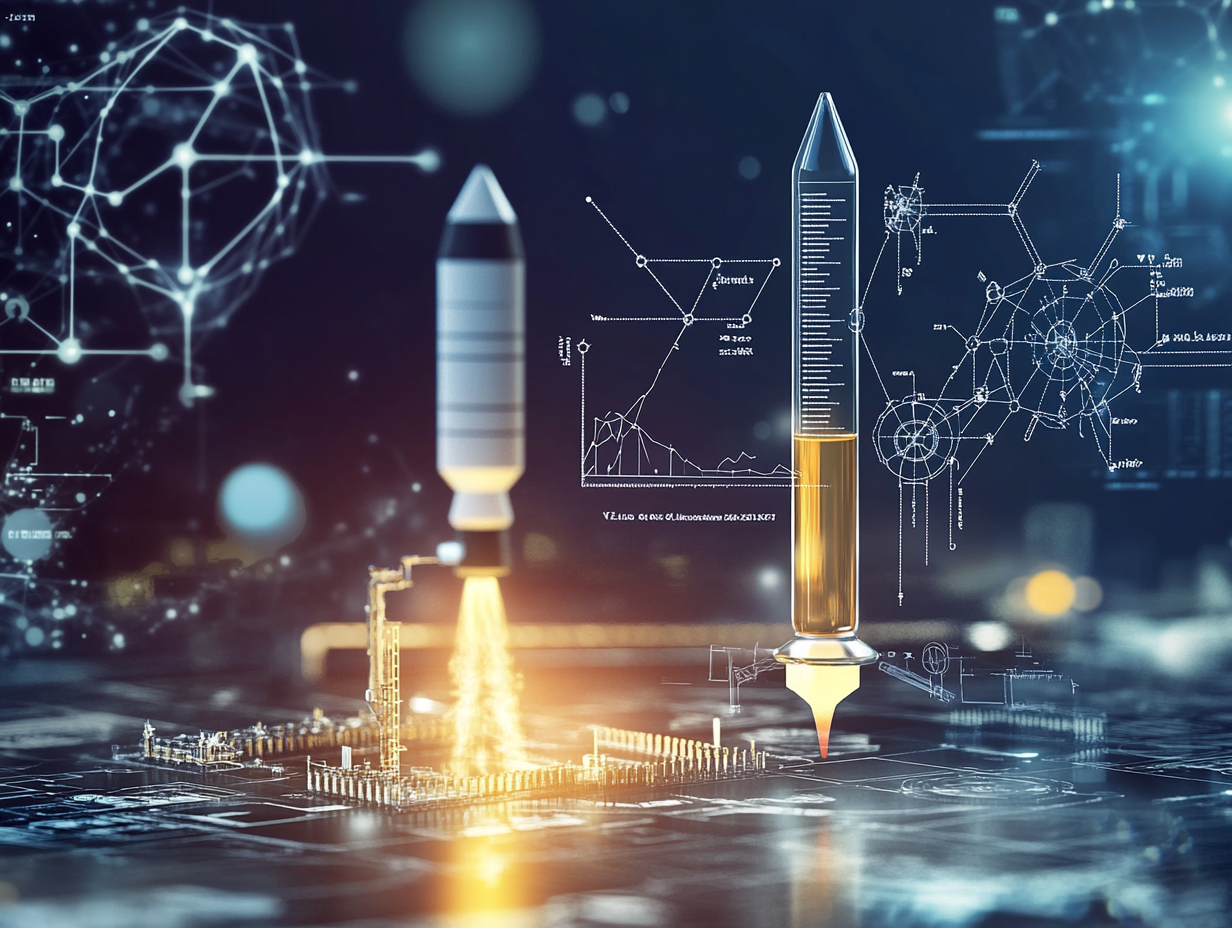Introduction
Space exploration has always been at the forefront of technological innovation, and robotics plays a crucial role in pushing the boundaries of what is possible. As we look to the stars, robots are becoming indispensable partners in exploring distant planets, asteroids, and even enabling future human colonization. This article delves into the future of robotics in space exploration, highlighting advancements, current missions, and how educators can inspire students to become part of this exciting field.
The Role of Robotics in Space Exploration
Overcoming Human Limitations
- Harsh Environments: Robots can operate in extreme conditions unsuitable for humans, such as intense radiation, extreme temperatures, and low gravity.
- Cost-Effectiveness: Robotic missions are generally less expensive and less risky compared to manned missions.
Expanding Scientific Knowledge
- Data Collection: Robots collect valuable scientific data, samples, and imagery from celestial bodies.
- Reconnaissance: They pave the way for future human missions by mapping terrains and identifying resources.
Current and Upcoming Robotic Missions
1. Mars Exploration
Perseverance Rover
- Mission Objectives: Search for signs of past microbial life, collect rock and soil samples.
- Innovations: Equipped with advanced instruments and the Ingenuity Helicopter, the first powered flight on another planet.
Future Missions
- Mars Sample Return Mission: Plans to bring collected samples back to Earth for analysis.
2. Lunar Exploration
Artemis Program
- Goal: Return humans to the Moon by 2024, with robotic missions preceding human landings.
- VIPER Rover: Will search for water ice and other resources at the lunar south pole.
3. Asteroid Exploration
OSIRIS-REx
- Mission: Collected samples from asteroid Bennu to study the early solar system.
Future Prospects
- Psyche Mission: Set to explore a metal-rich asteroid, providing insights into planetary cores.
Advancements in Space Robotics
1. Autonomous Navigation
- AI and Machine Learning: Robots can make real-time decisions, navigate complex terrains without direct human control.
- Swarm Robotics: Multiple robots working together to perform tasks more efficiently.
2. In-Situ Resource Utilization (ISRU)
Robots capable of extracting and utilizing resources found on other celestial bodies, such as mining water ice for fuel.
3. Construction and Maintenance
Robotic Arms and Manipulators
Building infrastructure like habitats, solar panels, and repairing satellites or equipment.
3D Printing in Space
Using local materials to construct necessary components, reducing the need to transport materials from Earth.
The Future: Human-Robot Collaboration
Assisting Astronauts
Robots acting as assistants, performing routine tasks, allowing astronauts to focus on complex activities.
Robotic Precursors
Setting up habitats and life support systems before human arrival.
Exploring Beyond Mars
Missions to Europa, Titan, and beyond, using robots to explore environments that are currently inaccessible to humans.
Inspiring the Next Generation
Educational Opportunities
Incorporate Space Robotics into Curriculum
- Projects and Simulations: Design rover models, simulate missions using software like NASA’s Virtual Robotics Toolkit.
Competitions and Programs
- FIRST Robotics Competition: Space-themed challenges.
- NASA’s Robotics Alliance Project: Resources and support for robotics education.
Guest Speakers and Field Trips
- Invite professionals from aerospace industries.
- Virtual tours of space centers and observatories.
Career Paths in Space Robotics
Robotics Engineer
Designing and building robotic systems for space applications.
Aerospace Engineer
Focusing on the development of spacecraft and propulsion systems.
Software Developer
Programming autonomous systems, AI for navigation and data analysis.
Planetary Scientist
Analyzing data collected by robotic missions to understand celestial bodies.
Conclusion
The future of robotics in space exploration is both promising and essential. As we venture further into the cosmos, robots will continue to be our eyes, hands, and explorers on the frontiers of space. Educators have a unique opportunity to inspire students to participate in this exciting field, shaping the innovators and explorers of tomorrow.

